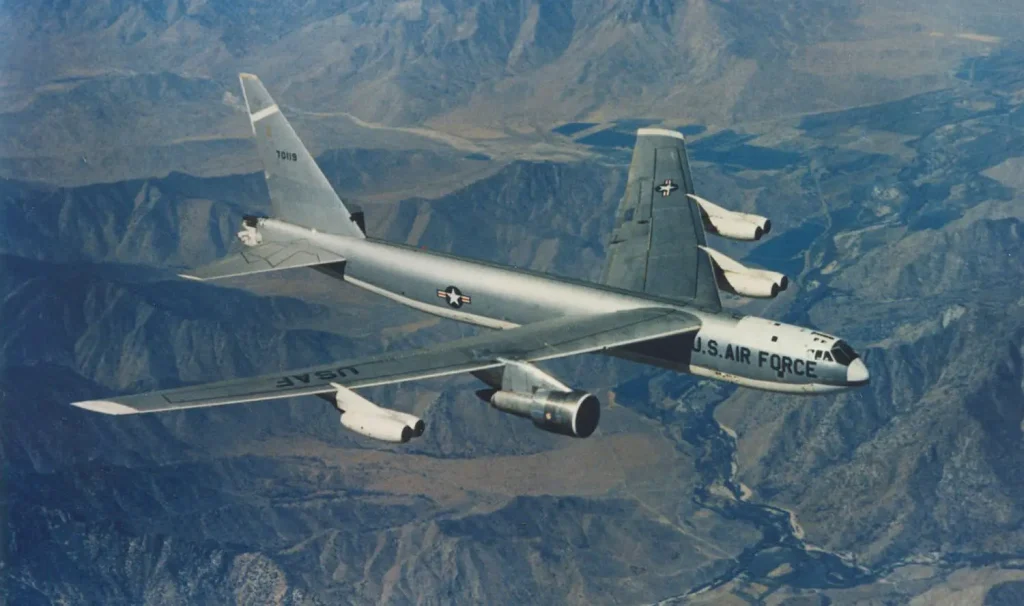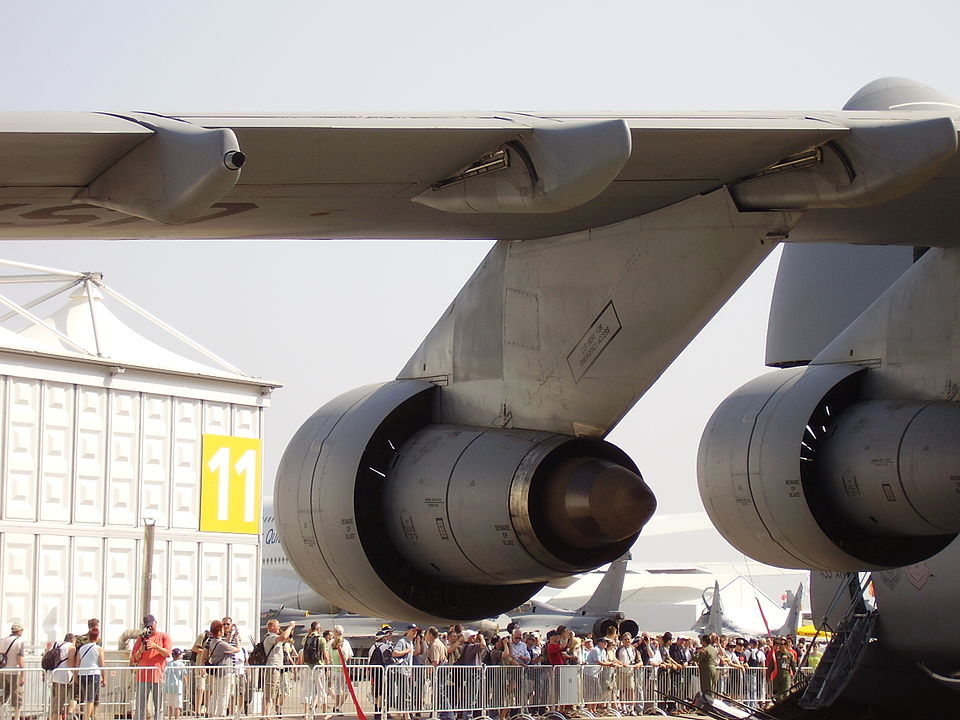The Lockheed C-5A Galaxy, relied on a distinctive powerplant: the General Electric TF-39 turbofan. This engine was exclusively developed for the C-5A and never saw service on any other aircraft.
Its core technology served as the foundation for the widely successful GE CF6 family of engines, which propelled numerous first-generation wide-body airliners.

Furthermore, it resulted in the GE LM-2500, a flexible industrial and marine turbine engine that has powered a large number of naval vessels across the world. However, the TF-39 remains inextricably linked to the C-5 Galaxy.
The era of the TF-39 in C-5 service concluded on September 7, 2017, with the final flight of these engines to the Aircraft Maintenance and Regeneration Group (AMARG) Boneyard at Davis-Monthan Air Force Base for retirement.
Currently, the C-5M Super Galaxy fleet utilizes GE F138-GE-100 engines, a direct descendant of the CF6, which itself evolved from the TF-39. These newer powerplants offer a significant performance boost, delivering a 22% increase in thrust compared to the TF-39. This translates to a 30% reduction in takeoff roll, a 38% improvement in climb rate, and enhanced payload capacity with extended range.
Videos, such as those captured by gags5503 on YouTube, provide a glimpse into the TF-39’s operation. One such video shows a cockpit perspective of a heavily loaded takeoff from Afghanistan, featuring the starboard-wing mounted TF-39 engines and highlighting the engine’s unique sound and power.










